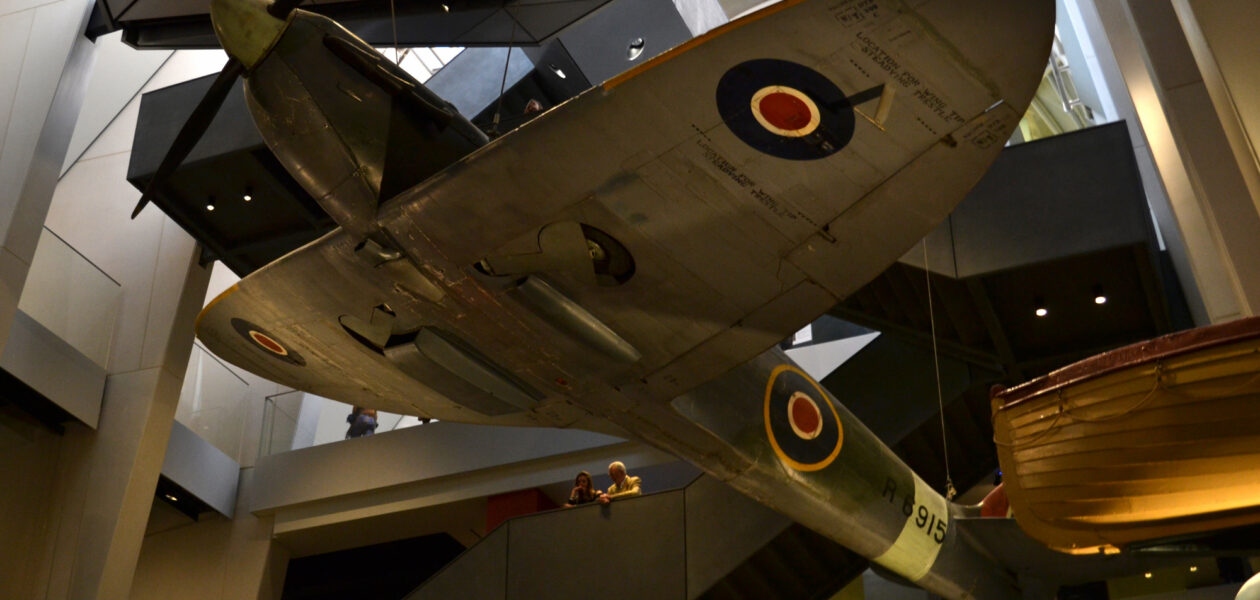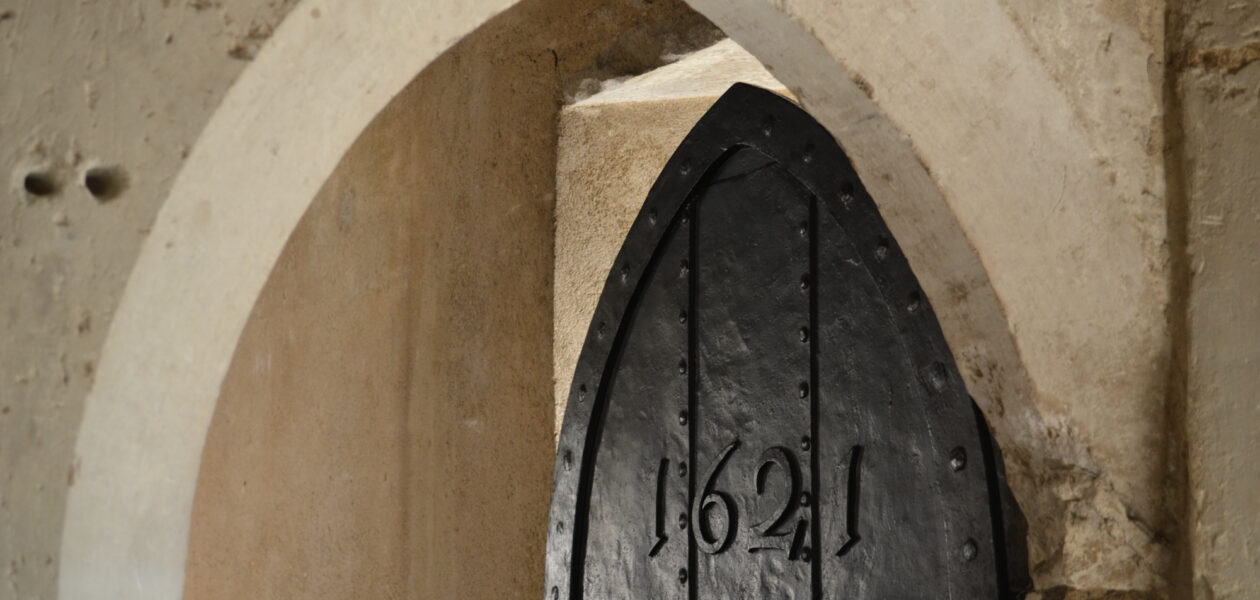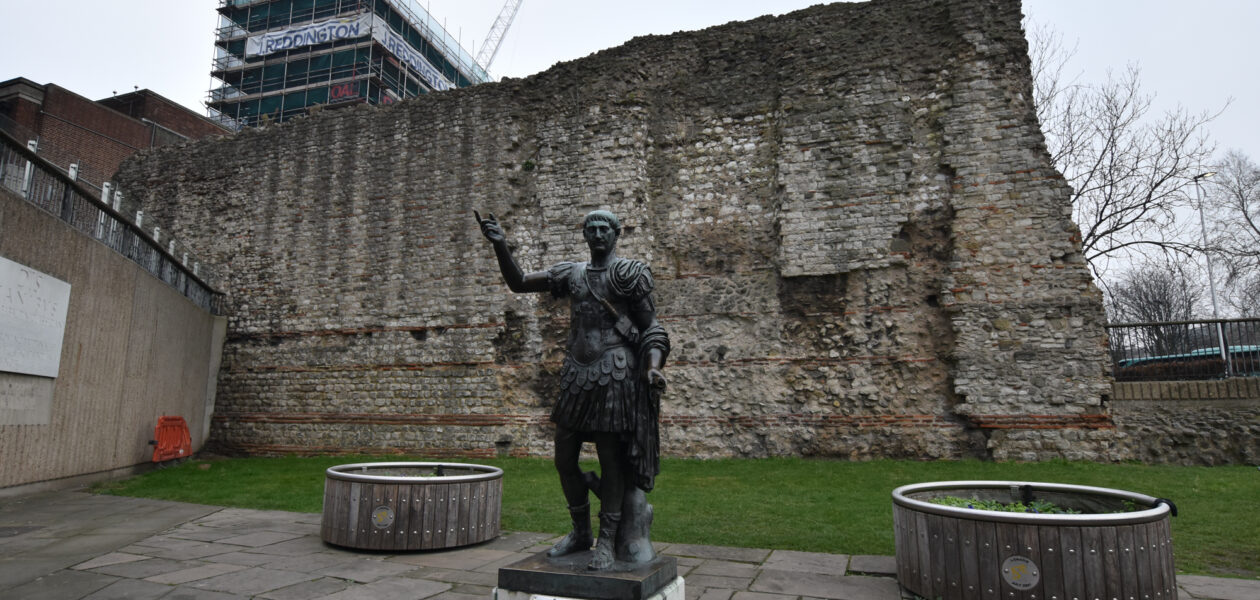Hydraulic Pump Stores
See the abandoned one in our video at 3.35 which we filmed in 2013 prior to demolition Pump stores for the now c2c railway were erected in the Victorian era, now disused. One is left abandoned near Fenchurch Street station (complete with original ‘ghost’ signage) but was sadly demolished sometime between 2014-15 on the site…
View More





